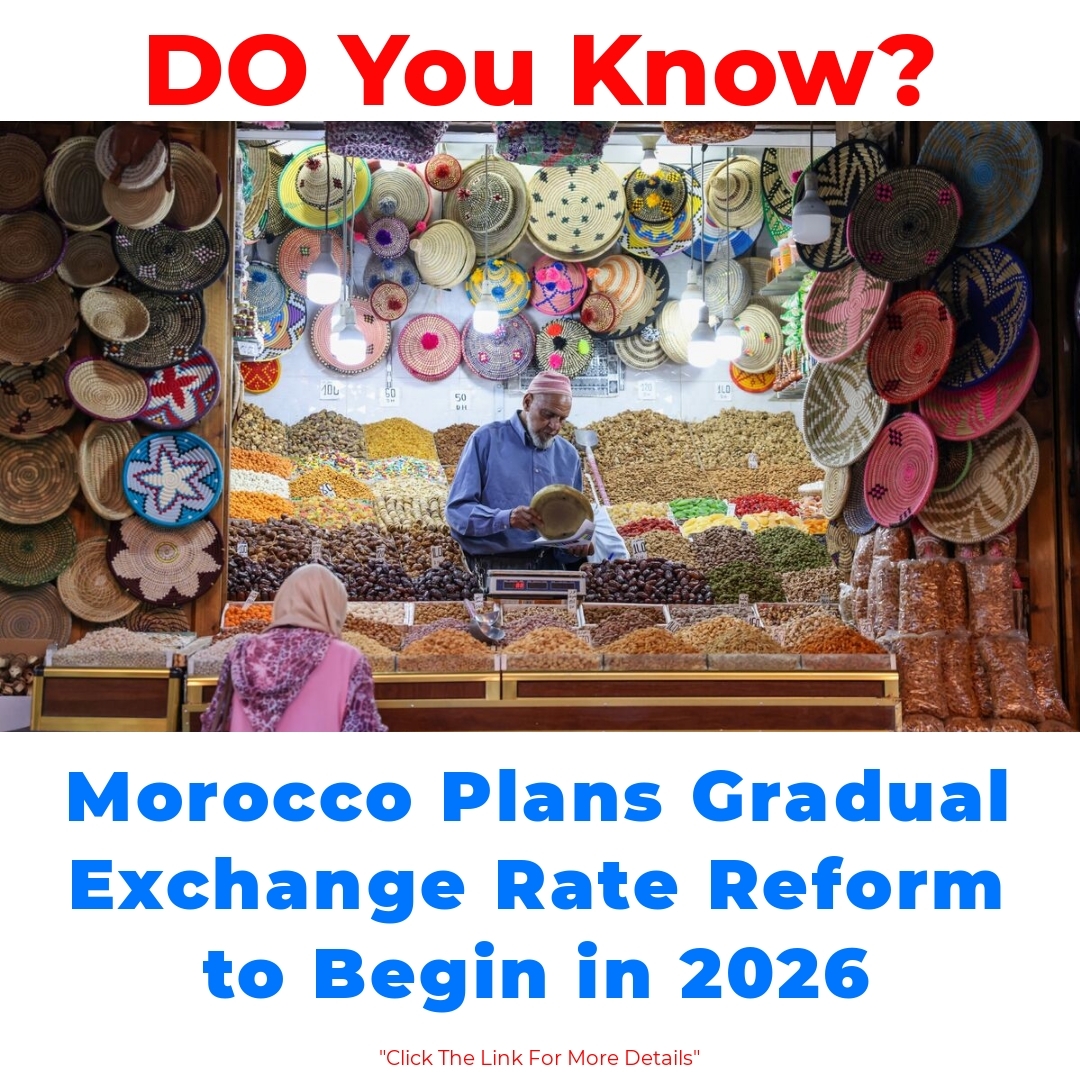Morocco’s exchange rate regime is poised for significant change as the central bank governor outlines a vision for gradual reforms beginning in 2026. Reforming the exchange rate is crucial for bolstering the Moroccan economy, especially in the wake of pandemic challenges that underscore the need for enhanced currency flexibility and financial stability.

As we look closely at Morocco’s current exchange rate regime, it’s essential to understand that the country operates a managed float system. This approach allows the Moroccan dirham to fluctuate within a certain range while the central bank steps in when necessary to stabilize the currency. The central bank governor plays a pivotal role in this system, ensuring that there’s enough flexibility to respond to market conditions while also preventing excessive volatility. Following the pandemic, there were significant economic shifts that have prompted a reevaluation of these policies. Economic policy changes have become essential to support recovery and foster growth.
However, the need for exchange rate reform is becoming clearer as Morocco faces ongoing challenges. Many sectors of the Moroccan economy experienced a downturn post-pandemic, leading to increased scrutiny on the current exchange rate regime. Currency flexibility can enhance financial stability by allowing the dirham to respond more effectively to external economic shocks. This is particularly crucial given the rising inflation and trade balance issues Morocco has been grappling with. Implementing a gradual reform process is vital for ensuring that the economy can adjust without causing significant disruption, which could jeopardize economic security.
Now, let’s discuss how Morocco intends to reform its exchange rate in 2026. The central bank governor has outlined key strategies that focus on increasing currency flexibility while maintaining control over inflation. One approach involves gradually widening the dirham’s trading band to allow for more natural fluctuations based on market forces. The anticipated economic outcomes of this reform process are increased foreign investment, improved trade balance, and greater resilience across various sectors of the economy. The emphasis on a gradual reform process is crucial; it ensures that businesses and consumers are not caught off guard by sudden changes, allowing for smoother adaptation to the new regime.
The potential economic implications of the exchange rate reforms cannot be overstated. Different sectors, such as tourism, manufacturing, and agriculture, are all likely to experience varied effects. For example, a more flexible dirham could make Moroccan exports more competitive, helping to balance out the trade deficit. On the flip side, we could see an impact on inflation rates, particularly if currency fluctuations lead to higher import costs. Foreign investment may also be influenced by these changes, as investors often look for stability and predictability in currency systems. Adapting to these changes will be critical for the long-term health of the Moroccan economy.
Looking ahead, the path to financial stability through a well-structured exchange rate reform strategy seems promising. The central bank’s proactive role in monitoring and supporting this transition will be vital. By carefully orchestrating the gradual reform, Morocco can enhance the resilience of its economy against future shocks and global uncertainties. This proactive approach not only helps in achieving immediate economic goals but also paves the way for sustainable growth in the long run.
In conclusion, Morocco’s exchange rate regime is on the verge of significant reform with plans set for 2026. The proposed changes bring a hopeful outlook for the Moroccan economy, promising improved financial stability and adaptability. As we continue to monitor these developments, it’s clear that these reforms could reshape how Morocco interacts with global financial markets, making it imperative for both investors and stakeholders to stay informed on these crucial changes.
FAQ about Morocco’s Exchange Rate Regime
What is Morocco’s current exchange rate regime?
Morocco operates a managed float system, allowing the dirham to fluctuate within a specific range.
What role does the central bank play in this system?
The central bank governor is responsible for stabilizing the currency and ensuring flexibility in response to market conditions.
Why is there a need for exchange rate reform in Morocco?
Post-pandemic economic shifts have highlighted the need for reform to enhance financial stability and address challenges like rising inflation and trade balance issues.
What strategies does Morocco intend to use for the exchange rate reform in 2026?
- Gradually widening the dirham’s trading band.
- Maintaining control over inflation.
What are the potential economic implications of these reforms?
The reforms could:
- Make Moroccan exports more competitive.
- Impact inflation rates, particularly if import costs rise.
- Influence foreign investment based on currency stability.
How will gradual reform benefit businesses and consumers?
A gradual approach allows for smoother adaptation to changes, minimizing disruptions that could impact economic security.
What is the overall outlook for Morocco’s economy with these reforms?
The reforms are expected to enhance financial stability and resilience against future economic shocks, paving the way for long-term growth.





